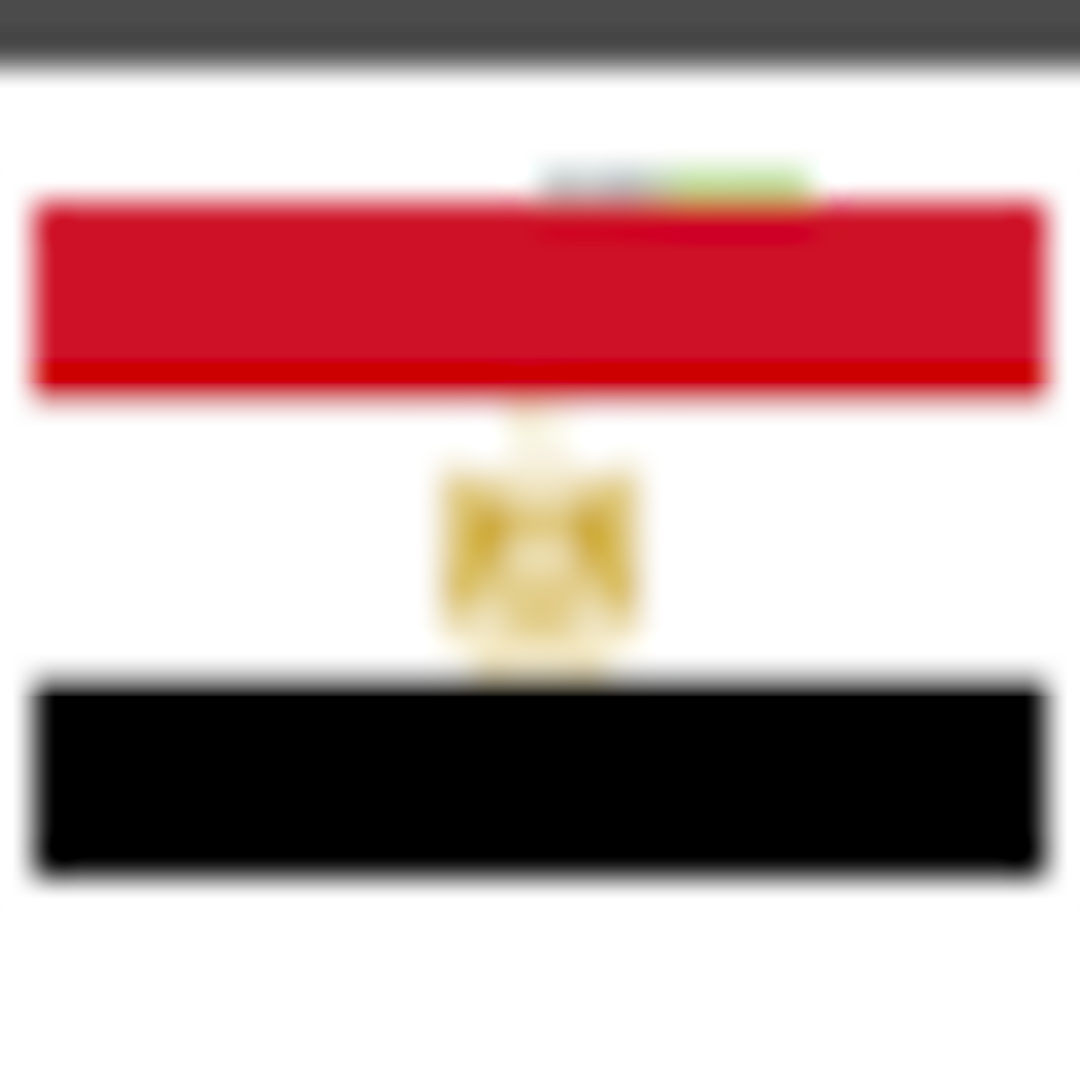M7 Priest
11th Royal Horse Artillery
- Subject:
M7 Priest
 British Army (1660-now)
British Army (1660-now)
1 Arm. Div., 11 Reg. Royal Horse Art., A Sqn.
1942 World War 2 - Egypt
Khaki green, field grey, red-brown- Scale:
- 1:35
- Status:
- Completed
The model represents the M7 Priest, part of the 11th RHA, during the Second Battle of El Alamein. At this time, the 11th RHA was part of the 1st Armoured Division. The regiment served in North Africa from 24 August 1942 and was the first to be equipped with M7 Priests. A total of 90 M7s arrived in Egypt in September 1942, but only 24 were issued to units, particularly to the 11th RHA (the remainder were kept in reserve). M7s served alongside Bishops, and while they were better overall, they posed logistical challenges as they used 105mm ammunition, which was not standard for the British Army.
Even though the Sexton later replaced it in many cases (because it was built around 25-pounder), M7s continued to be used by the British throughout the war. The Priests were built on the M3 Grant chassis and got their name because the .50 caliber MG position resembled the pulpit of an Anglican priest. The British originally requested 5,500 M7s to be delivered, but in the end, only around 4,000 were produced in total by American Locomotive, Federal Machine and Welder, and The Pressed Steel Car Company.
They proved particularly useful during the Battle of El Alamein, especially in suppressing 88mm guns.
This is based on the Dragon 6627 kit, with Eduard fenders (keep in mind that the kit does not include any) and Panzer Art stowage set. Usually, I love Dragon kits, but this one was a frustrating build. Fit was far from perfect, tracks were missing links (fortunately it is not visible because it's under the sand shields), but at least 10 links per track are missing. Also, the radio is not included in the kit. Eduard fenders were missing rails to attach the sunshade, so I scratch build them.
It was painted with a base coat of Mr. Color Olive Drab and oversprayed with MRP Light Stone. Before that, I applied some of Mig's chipping fluid. The disruptive camouflage was brush-painted using Vallejo Model Color mixes. I followed advice from Mike Sturmer, who suggested that the disruptive colour was likely a locally produced camcolour.
The bottom is a black-brown shade, similar to SCC.14 Black, while the top is a greenish tone akin to SCC.7. I aimed for a somewhat rough, sloppy look here.
The stowage was painted mostly with Vallejo Model Color.
Stowage was also a bit tricky to attach. I had to trim it quite a lot.
Project inventory
Full kits
Detail and Conversion sets









